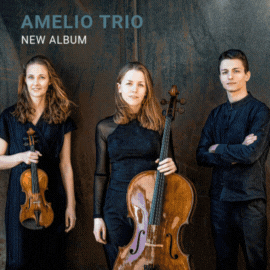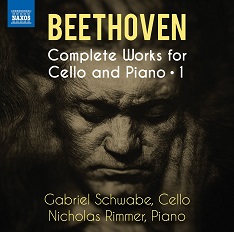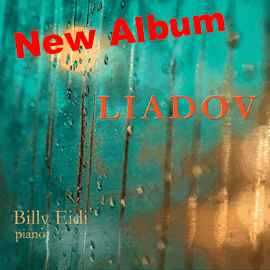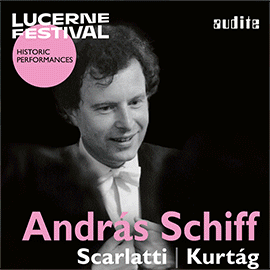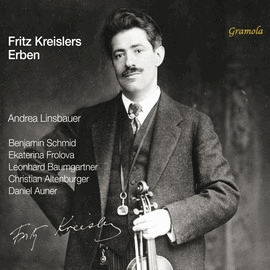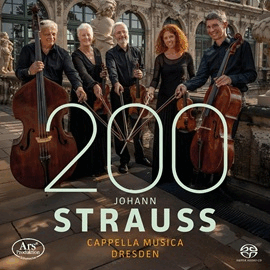In seinen Cellosonaten emanzipiert Ludwig van Beethoven das Klavier aus seiner reinen Begleiterrolle zu einem gleichberechtigten Partner, und Nicholas Rimmer kostet diese Rolle voll aus. Die starke Präsenz des Klaviers, verlangt ein nicht minder kräftiges Dagegenhalten des Cellos. So erleben wir kraftvolle Beethoven-Interpretationen, in denen die gesangliche Eloquenz des Cellisten und das agile, virtuose Spiel des Pianisten zu wiederholt spannenden und vitalen Dialogen führen.
Besonders in den beiden Cellosonaten finden beide Interpreten zu einem ausdrucksstarken Musizieren, das stellenweise geradezu wie eine Naturgewalt daherkommt. In den kurzen Rondo-Sätzen mit ihrer munteren Gangart schwingt zudem wiederholt klassische Eleganz mit.
Gerade diese vermissen wir allerdings in den beiden Variationswerken zu Themen aus Mozarts Zauberflöte. Die eher burschikose, mannhafte Anrede spricht weder ein anmutiges Mädchen oder Weibchen an, und derart kraftstrotzend reden auch kaum Männer, die eben Liebe fühlen.
In his cello sonatas, Ludwig van Beethoven emancipates the piano from its purely accompanying role to that of an equal partner, and Nicholas Rimmer makes full use of this role. The strong presence of the piano demands that the cello counter it with no less vigor. We are treated to powerful Beethoven interpretations in which the cellist’s vocal eloquence and the pianist’s agile, virtuosic playing repeatedly lead to exciting and vital dialogues.
Especially in the two cello sonatas, both performers achieve an expressive music-making that at times seems like a force of nature. In the short rondo movements, with their lively tempo, classical elegance can be heard again and again.
However, it is precisely this that is lacking in the two variations on themes from Mozart’s Magic Flute. The rather boyish, masculine form of address does not appeal to a graceful girl or woman, and hardly any man in love speaks with such vigor.







